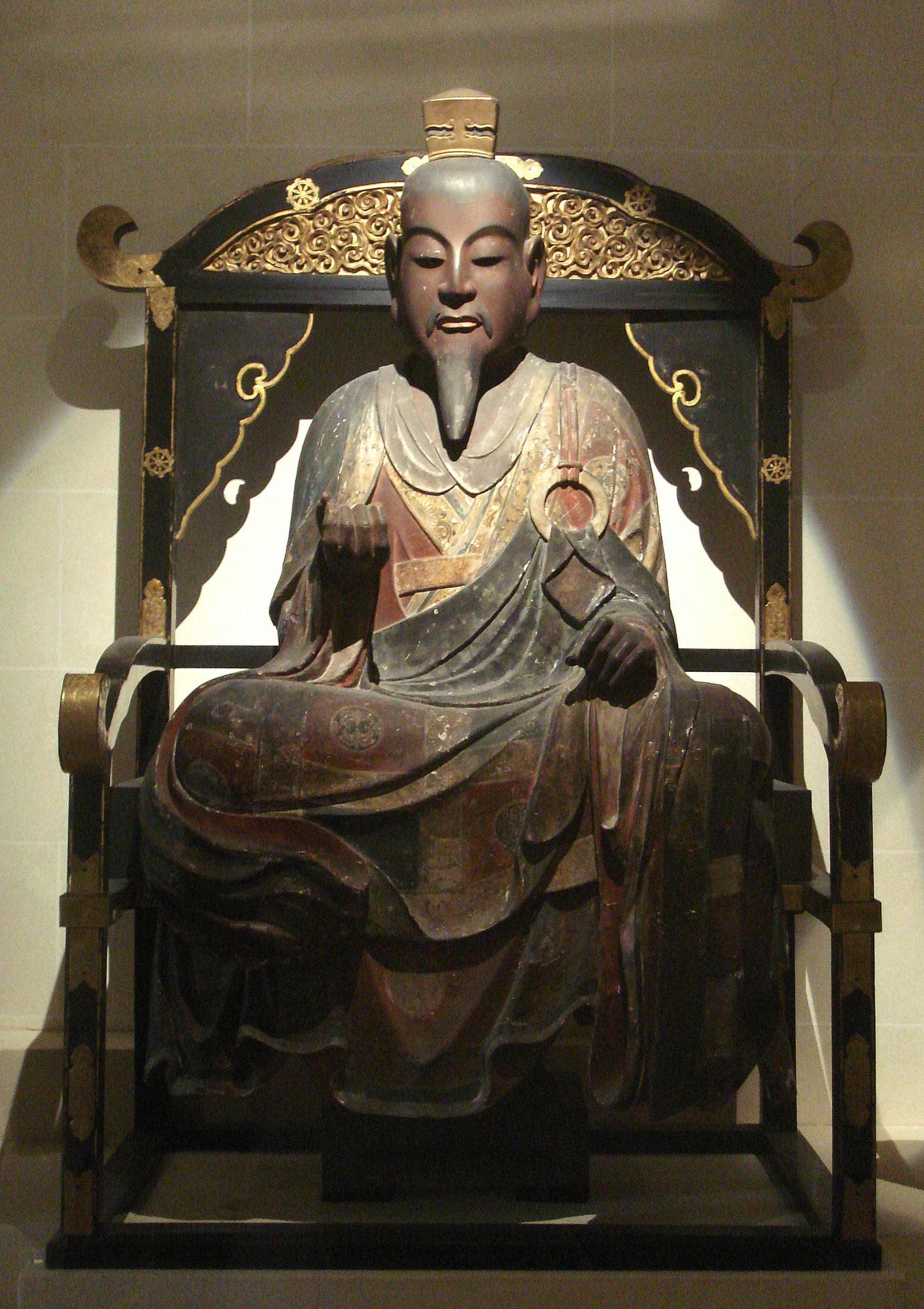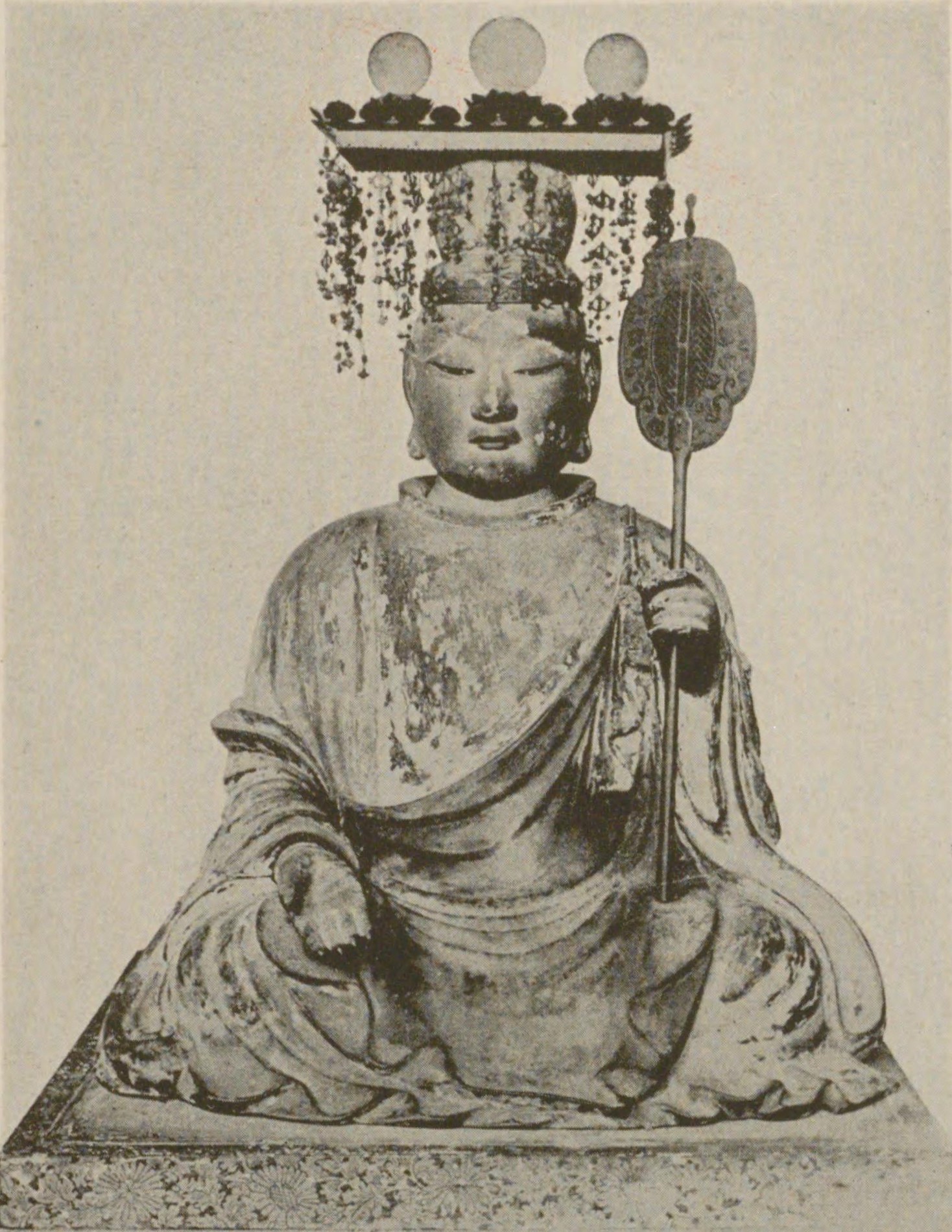Top 10 Amazing Facts about Prince Shōtoku

Prince Shōtoku. Photo by PHGCOM. Wikimedia
Prince Shtoku (, Shtoku Taishi, February 7, 574 – April 8, 622. He was a semi-legendary regent and politician in Japan during the Asuka period.
He was Emperor Ymei’s son and his consort, Princess Anahobe no Hashihito, who was also Ymei’s younger half-sister. His parents were related to the ruling Soga clan, and he also played a role in the defeat of the rival Mononobe clan. The Nihon Shoki is the primary source for Prince Shtoku’s life and achievements. The Prince is well-known in Japan for modernizing government administration and promoting Buddhism.
A devotional cult arose around the figure of Prince Shtoku for the protection of Japan, the Imperial Family, and Buddhism over successive generations. Key religious figures such as Saich, Shinran, and others claimed to have received inspiration or visions from Prince Shtoku.
1. Prince Shōtoku was the most powerful Asuka ruler
Shotoku Taishi was the most powerful Asuka ruler. As the “Father of Japanese Buddhism,” he established Buddhism as the state religion by building major Buddhist temples such as Horyu-ji near Nara.
His goal was to establish a harmonious society. Shotoku was a devout Buddhist who was also well-read in Chinese literature and influenced by Chinese philosophy and political thought during the period of reform.
2. Prince Shōtoku appeared on banknotes

100 Yen Bank of Japan note. Portrait: Prince Shōtoku. Photo by Eclipse2020. Wikimedia
Shotoku Taishi is a well-known figure in Japanese history. He has appeared on Japanese banknotes more than any other person, three times before World War II and four times after, for a total of seven times.
Prince Shtoku’s portrait has previously appeared on 100, 1,000, 5,000, and 10,000 yen bills. Two bills with a face value of 100,000,000 were also issued, using different materials and special inks. These bills are distinguished by the presence of a border around them to prevent tampering. It has a seal and figures in various positions beginning in the middle and working outward.
The phrase “shotoku-taishi” used to be slang for money. Shotoku is derived from the Chinese characters “sho” and “toku,” which mean “sacred” and “virtue,” respectively.
3. Prince Shōtoku was a trusted advisor

Statue of Shotoku. Photo by Rijksmuseum. Wikimedia
During Empress Suiko’s reign, Prince Shotoku served as regent and trusted advisor on civil administration matters. He is described as a great Buddhist scholar and statesman who lived in early Japan in the Kojiki and the Nihon shoki.
4. Prince Shōtoku was a bureaucrat
A well-known 8th century hanging scroll painting in the Horyuji Temple collection depicts Prince Shotoku as a bureaucrat dressed in Chinese-style court clothes, official headgear, and aristocratic shoes, holding a wooden paddle-like object that is a crib sheet required for court rituals.
He is depicted with a jeweled sword, the imperial symbol of political and military power. Another surviving depiction, from later times, depicts Shotoku as a scholar and dedicated supporter of Buddhism. He is depicted in ceremonial court attire, lecturing on sacred texts, the sutras.
5. Prince Shōtoku promoted Buddhism

Statue of Prince Shōtoku. Unknown author. Wikimedia
Buddhism became the state religion under Shotoku, scriptures, art, and craftsmen were brought in from Korea, and Japanese monks were sent abroad to study. Temples were built, monks were ordained, and public ceremonies were held.
Shōtoku led a massive national project to promote Buddhism in the late 6th century, and he commissioned the construction of Shitenn-ji. After his military victory over the powerful Mononobe clan, he is said to have summoned them to crush his enemies.
Archaeological excavations in 1939 confirmed that Prince Shtoku’s palace, the Ikaruga no miya, stood in the current temple complex’s eastern part, where the T-in now stands. Despite being credited as the founder of Japanese Buddhism, the Prince is said to have respected Shinto and never visited Buddhist temples without first visiting Shinto shrines.
6. Prince Shōtoku took up residence in Ikaruga
In 605, Prince Shotoku settled in Ikaruga and soon after built Ikarugadera Temple. Documentation at Horyuji temple confirms Prince Shotoku and Empress Suiko as the temple’s founders in 607.
Archaeological excavations in the current temple complex have confirmed the existence of Prince Shotoku’s palace, the Ikaruga-no-miya.
7. Prince Shōtoku was influenced by Confucian principles
Shotoku was influenced by Confucian principles, such as the Mandate of Heaven, which suggested that the sovereign ruled in accordance with the will of a supreme force. Confucian models of rank and etiquette were adopted under Shotoku’s direction.
Confucianism emphasizes the importance of education for individual moral development so that the state can be governed by moral virtue rather than coercive laws.
8. Shōtoku was the first Japanese to understand Buddhism
“The world is false, Buddha alone is true,” said Prince Shotoku, the first Japanese person to understand Buddhism. In Japan, this was the first concept of world negation. Prince Shotoku issued a document known as the Constitution’s 17th Article.
9. Institutions are named after Prince Shōtoku

Shotoku Gakuen University. Photo by Monami. Wikimedia
Shotoku Gakuen University and its associated junior college are among the institutions named after Shtoku (both in Gifu). Seitoku University and its associated junior college (both in Matsudo, Chiba), as well as Tokyo’s defunct Seitoku Junior College of Nutrition, have the latter reading (and indirectly its replacement Seiei College).
10. Prince Shōtoku drew up the first Japanese constitution

Japanese constitution. Photo by The government of Japan. Wikimedia
Prince Shotoku established a court system with twelve levels of court rank based on merit and achievement. He drafted the first Japanese constitution in Chinese. A closer examination of the Seventeen-Article Constitution (Jushichjjo kenpo) reveals that Shotoku used the constitution to strengthen the notion of the emperor’s absolute authority, as well as to promote Buddhism as the official religion.
The constitution established both Confucian ideals and Buddhism as state religions, which had the powerful effect of cementing the relationship between the emperor, nobility, and clergy. Prince Shotoku and his constitution are regarded as a unifying force in Japanese society today.
Later in medieval Japan, the Seventeen-Article Constitution promulgated by Shotoku would become an important source of authority for ruling authorities, the shogun, court, aristocracy, and temple establishments that promoted Shotoku worship.
Planning a trip to Paris ? Get ready !
These are Amazon’s best-selling travel products that you may need for coming to Paris.
Bookstore
- The best travel book : Rick Steves – Paris 2023 – Learn more here
- Fodor’s Paris 2024 – Learn more here
Travel Gear
- Venture Pal Lightweight Backpack – Learn more here
- Samsonite Winfield 2 28″ Luggage – Learn more here
- Swig Savvy’s Stainless Steel Insulated Water Bottle – Learn more here
Check Amazon’s best-seller list for the most popular travel accessories. We sometimes read this list just to find out what new travel products people are buying.









